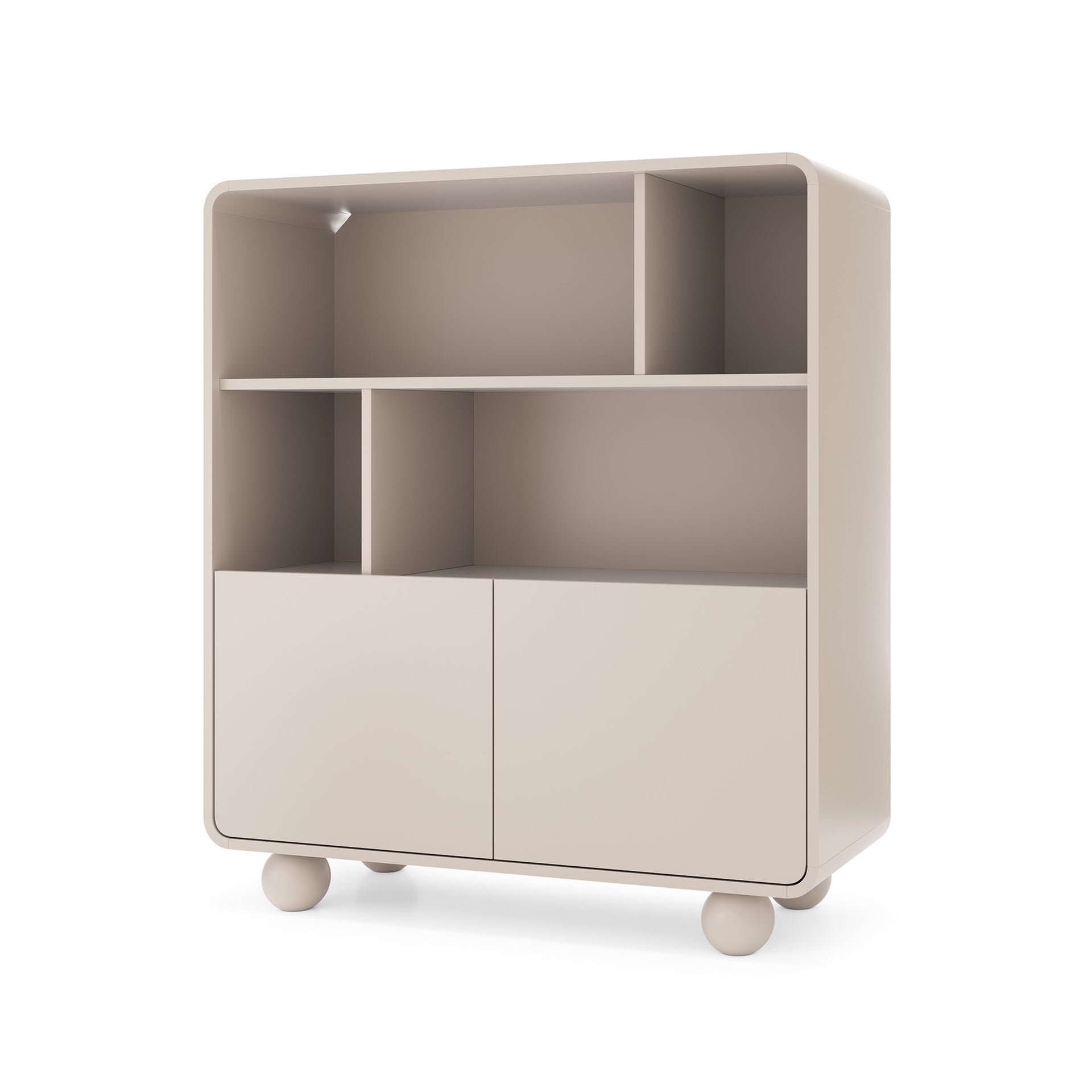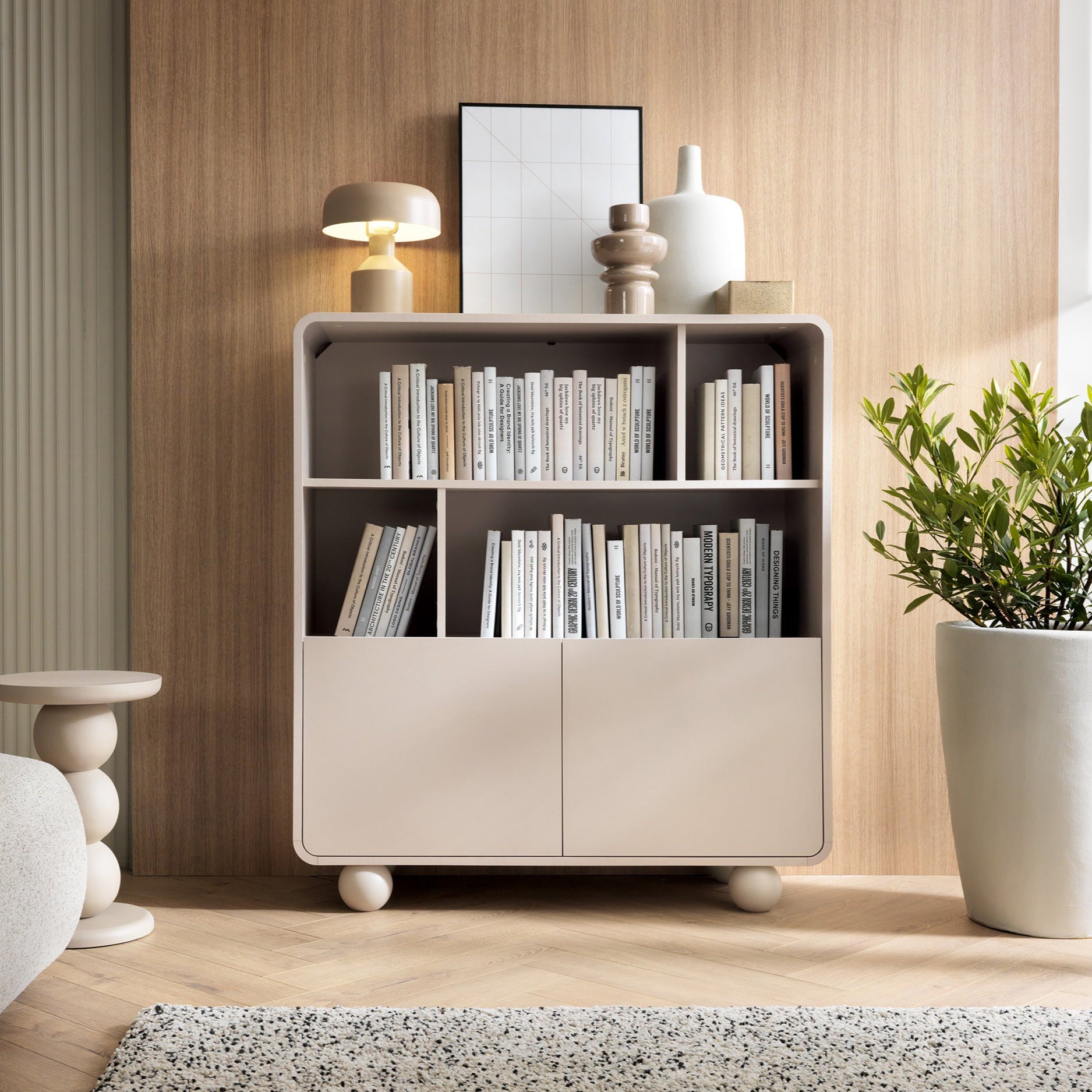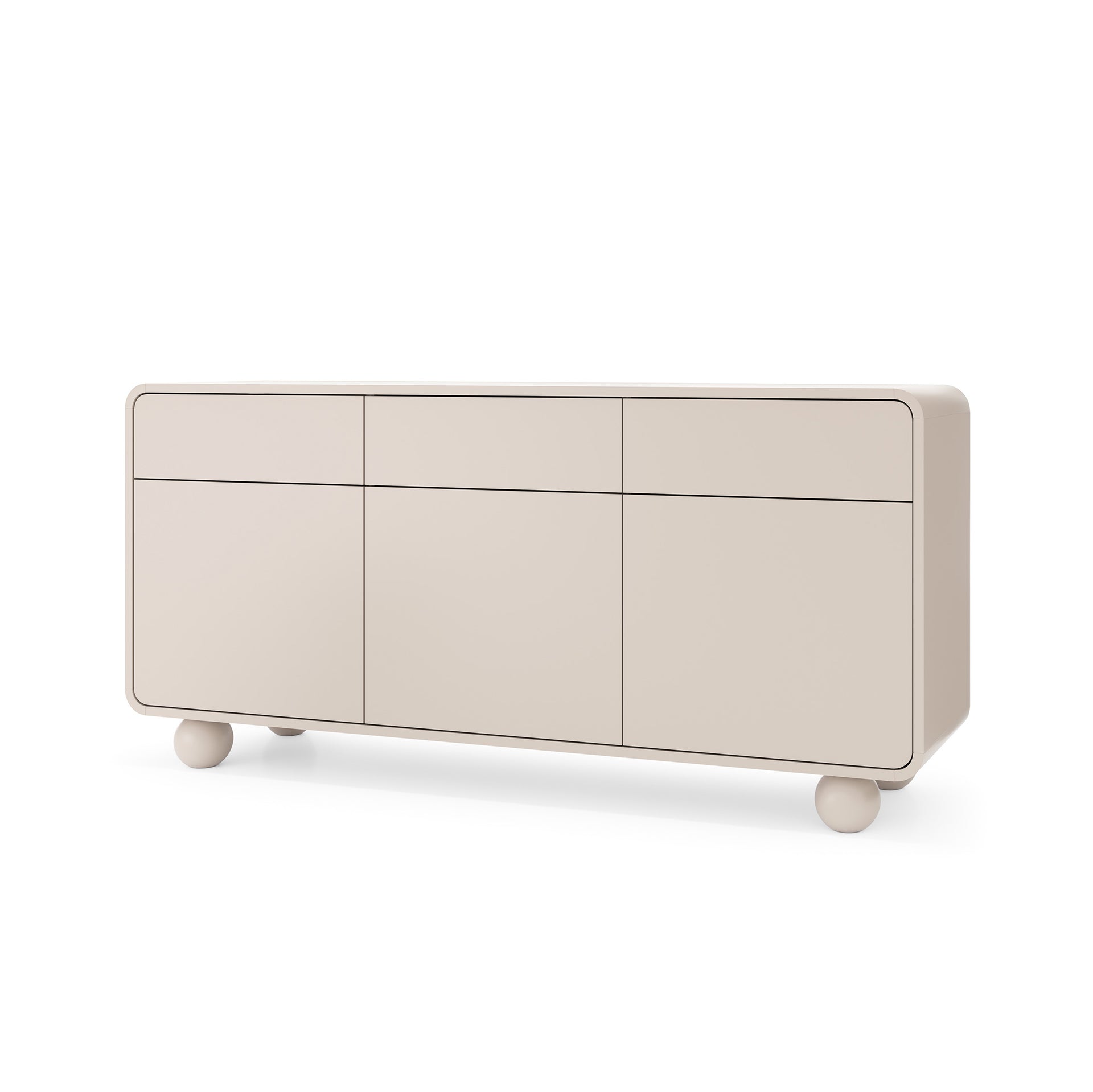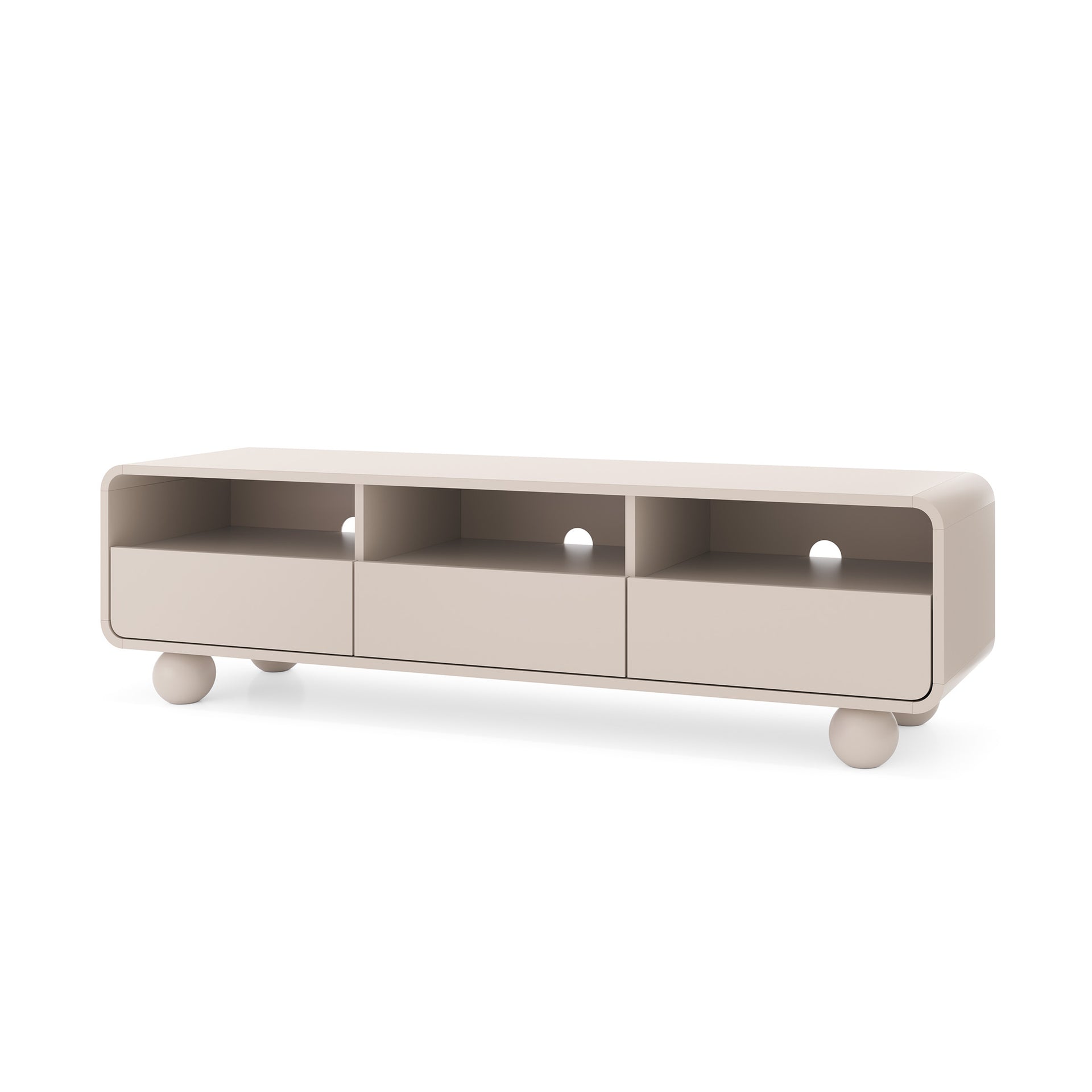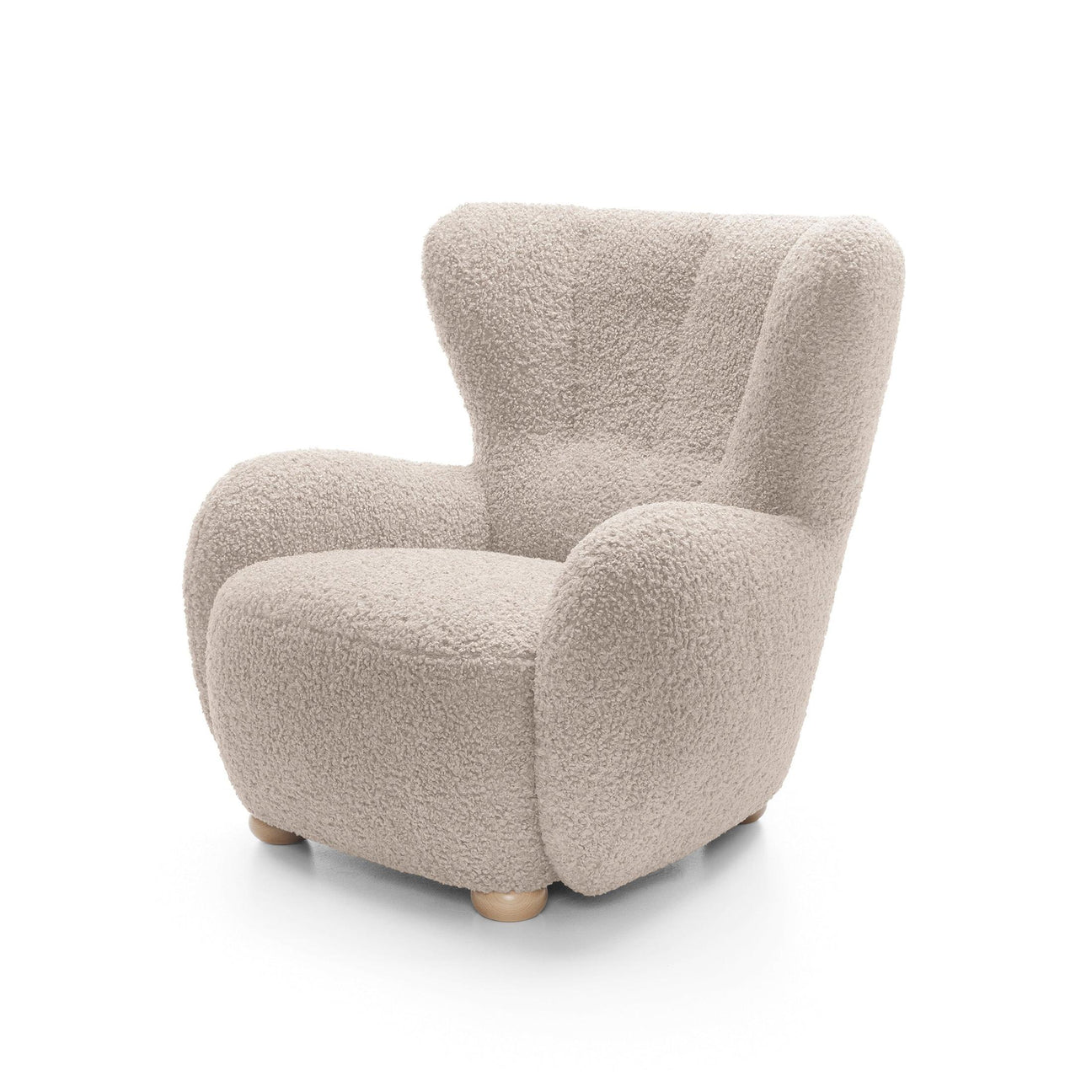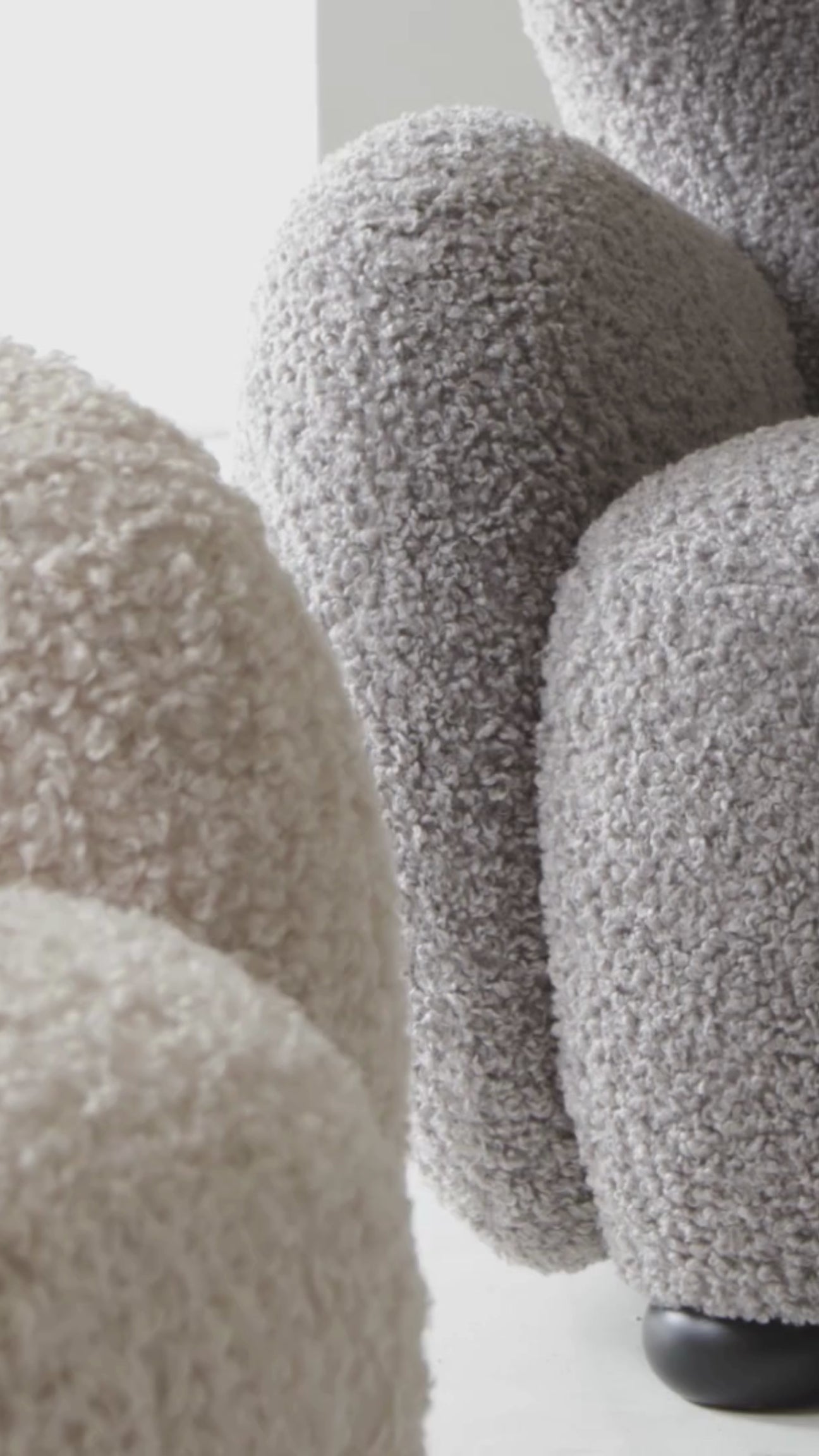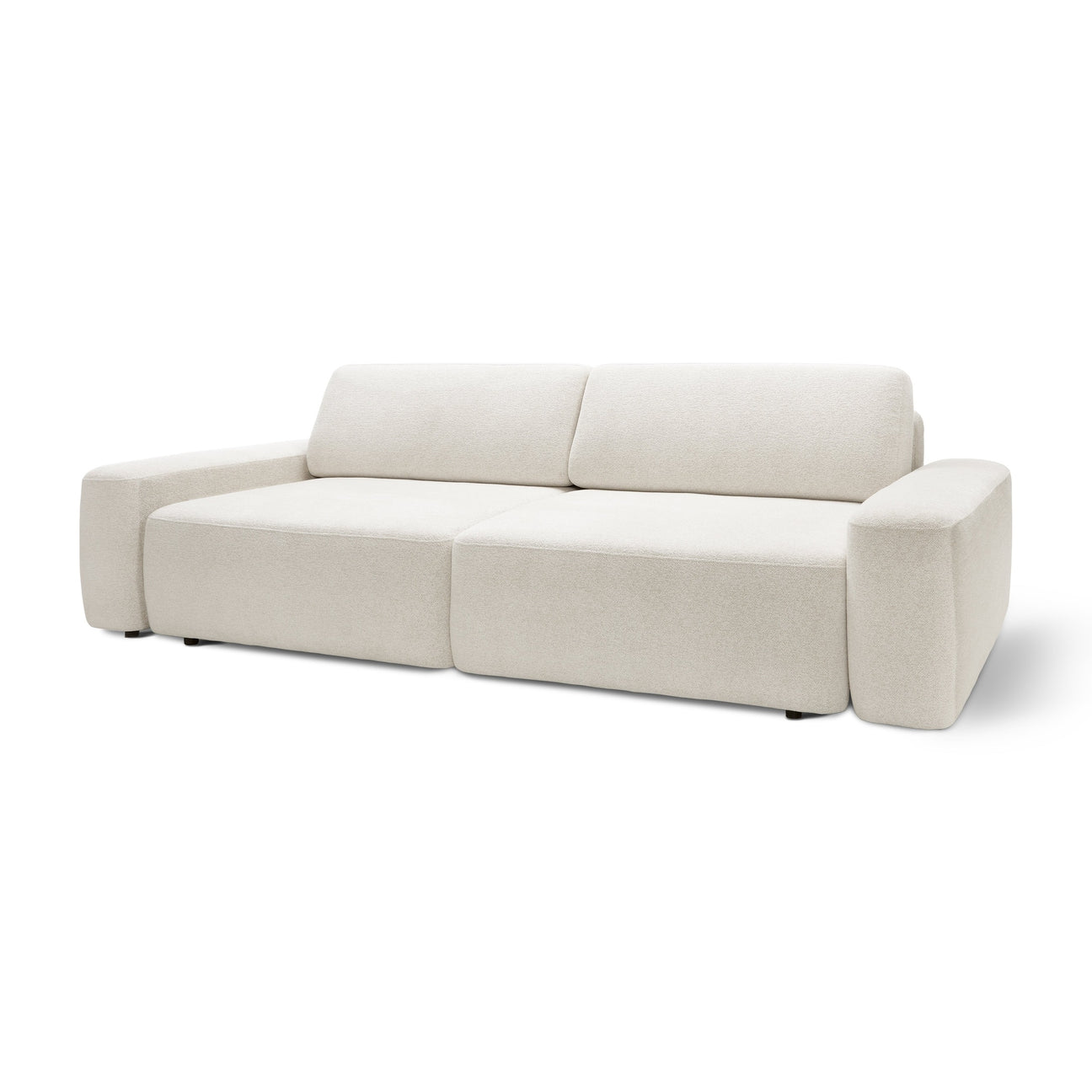Pillows with natural fillings—feathers or down—guarantee comfort and healthy sleep. But to ensure they last as long as possible, they need proper care. If you're wondering whether they can be washed at home and how to do it safely, we have a practical guide for you. Zero stress, maximum softness!
Can you wash feather pillows in the washing machine?
Yes—but only if you follow a few important rules. Although feather pillows may seem delicate, they can withstand washing well if you approach the matter with care. Thanks to modern washing machine programs, you can refresh them effectively and safely, without having to visit a dry cleaner.

What do you need to know?
-
The program matters – choose the delicates, down, or hand wash mode. The latter will be the safest.
-
The water temperature should not exceed 40°C . Water that is too hot can damage the natural oils in the down, making it stiff and losing its bounce. It can also cause the pillow to deform or damage the cover.
- Use gentle detergents , preferably those specifically designed for down or baby detergents—without enzymes, bleach, or strong fragrances. Avoid capsules and powders, which may not dissolve completely.
- Avoid fabric softeners . While they're pleasant to the touch, they can cling to the down and cause it to clump. The result? Instead of being soft, your pillow will become flat and heavy.
Technical tip: It's best to wash your laundry in a large washing machine—at least 7 kg capacity. A drum that's too small can prevent the pillow from spinning freely, and detergent from being rinsed out thoroughly. This can result in a damp smell and drying difficulties. One or two pillows at a time is the maximum—give them space.
In short: washing machine—yes, but with care. Correct setting is essential if you want your feather pillows to be fresh, fluffy, and ready for future evenings of snuggling.
Home tricks – how not to damage your pillow?
Feather pillows require not only the right wash cycle, but also a few tried-and-true tricks to help them maintain their elasticity and shape—without the clumpy, "pancake" effect. Here's what you should do to keep your pillows looking (and smelling) like new after washing:
-
Add tennis balls to the drum . This is a classic trick that really works! Toss in 2-3 clean tennis balls (preferably wrapped in cotton socks to avoid leaving any paint or fibers). This will help the feathers move freely and prevent the filling from sticking together. The result? Even volume and no lumps.
-
Don't overload your washing machine . While it's tempting to wash two pillows at once, remember: it's better to wash one well than two poorly. Packing the drum too tightly will prevent water and detergent from reaching all areas, and the spin cycle will be less effective. This increases the risk of unpleasant odors and drying difficulties.
- Remove your pillow immediately after washing . Never leave it in a closed washing machine "for later." Even an hour in a damp drum can cause it to smell musty, and the moisture in the feathers will be difficult to remove. After washing, gently fluff the pillow and dry it immediately.
- Gently shape the pillow . After removing it from the washing machine, lay it flat and shape it with your hands. This will prevent permanent creases or deformations. If possible, repeat this process during the drying process.
It's these small steps that make the difference. A well-washed feather pillow isn't just about cleanliness—it's about sleeping comfort, fresh fabric, and a pleasure to use every day.

Drying – a key moment
If there's one golden rule for feather pillow care, it's this: never store them wet . Even if they seem "almost dry," trapped moisture can lead to an unpleasant, musty smell and, in extreme cases, the growth of mold and bacteria. Therefore, drying is the most crucial step in the entire process.
-
Dry in a well-ventilated area . Ideally, lay it flat on a drying rack or mesh screen that allows air to circulate on all sides. Place the pillow in a dry room with access to fresh air, for example, with a cracked window or near a fan. Avoid direct contact with a radiator, which can dry out the outer fabric.
-
Shake your pillow regularly . Stop drying every few hours to manually break up the filling and restore its volume. This is crucial to prevent the feathers from clumping together. It's also worth gently turning the pillow over – even drying increases the chance of softness without deformation.
-
Do you have a tumble dryer? This might help! If your dryer has a delicates program, you can use it. Set the temperature to low and toss tennis balls into the drum – they'll help evenly distribute the feathers. Important: dry in stages and monitor the inside of the pillow to ensure it's actually drying – often more than one cycle is needed.
-
Drying naturally outdoors? Absolutely! If you have a balcony, garden, or window with sunlight, take advantage of it. A warm, dry day is ideal for drying feathers. UV rays have a natural antibacterial effect, and a light breeze accelerates moisture evaporation.
-
Avoid indoor humidity . Don't dry pillows in the bathroom or kitchen—the steam there can only delay the drying process.
Remember: a well-dried feather pillow will be supple, soft, and ready for months of use. And you'll gain peace of mind and a restful night's sleep.

How often should you wash feather pillows?
Pillows with natural fillings do not require frequent washing, but regular care is essential to keep them fresh, supple and hygienic.
-
Every 6 months – a full wash . This is the optimal frequency to remove moisture, dust, and natural impurities that accumulate in feathers over time. If you have allergies or sleep with a pillow every night, you may want to consider washing every 3–4 months, but not more often – washing too often can weaken the fill.
-
Change your pillowcase weekly. This is the first and most important protective filter. Pillowcases collect sweat, dust, cosmetic residue, and anything else that could contaminate your pillow from the inside. Choose natural materials (cotton, linen) and wash them at a higher temperature (60°C) to ensure they're truly clean.
-
Every week, give your pillow a good airing . If you have a balcony or access to fresh air, take advantage of it! Just 1-2 hours in a well-ventilated area is enough to remove moisture and freshen the feathers. In winter, you can even expose your pillow to frost—this is an effective way to kill bacteria and dust mites.
-
Shake your pillow every day . It's a small ritual that makes a huge difference. Shaking it in the morning restores its volume and prevents the feathers from bunching up. This helps the pillow retain its shape and stay comfortable longer.
Remember – a good feather pillow is an investment in sleep comfort, but it also requires care. A well-cared-for one will not only last longer but will also contribute to your restful, restorative sleep every day.
 When not to wash at home?
When not to wash at home?
While washing feather pillows at home is possible, it's not always the best solution. There are situations where it's better to have them professionally dry cleaned – for the sake of both the pillow and your time (and nerves):
-
When you don't have a large washing machine or dryer. Feather pillows are bulky and absorb water like a sponge. If the drum is too small, they may not wash properly or may not rinse properly, and then take forever to dry. If you don't have a tumble dryer or a well-ventilated drying area, you risk a musty smell.
-
When a pillow has difficult stains, greasy stains, sweat, blood, or traces of cosmetics can penetrate deep into the down. Household detergents may not be able to remove them, and overly strong detergents will damage the natural filling. A professional laundry service will use appropriate cleaning agents and tumble dry.
-
When the feathers have clumped or appear dry. If your pillow has lost volume, is lumpy, or doesn't return to its original shape, washing alone won't help. It's worth having it refurbished (some laundries offer a down-breaking and refreshment service) or simply... replace it with a new one.
- If you're unsure about the material or manufacturer's recommendations, some feather pillows have specific finishes that don't hold up well to water or machine washing. Always check the label – if it has a dry cleaning symbol or a warning against water washing, don't experiment.
Remember: sometimes trying to freshen up at home can do more harm than good. And a good feather pillow deserves some care – not only for its appearance, but above all for your sleeping comfort.
In conclusion: soft, clean, stress-free
Feather pillows are an investment in comfort – and they're worth caring for. Home washing is possible, safe, and truly effective if you approach it carefully. A well-cared-for pillow not only ensures freshness and hygiene, but also ensures better sleep.
And if you're dreaming of new additions after washing, check out our Pillovely collection of decorative pillows and pillowcases. Softness is a way of life.
See also:


